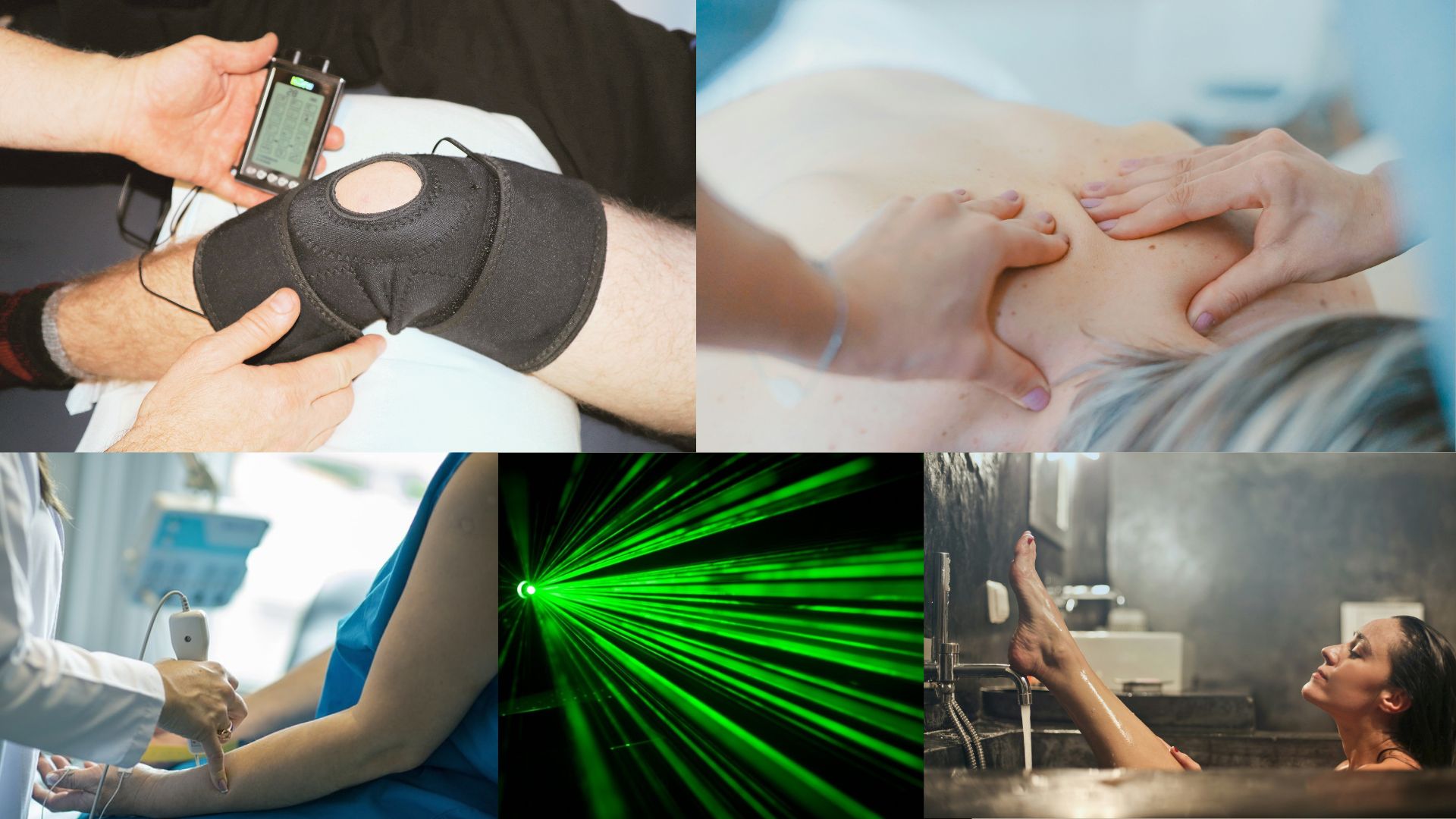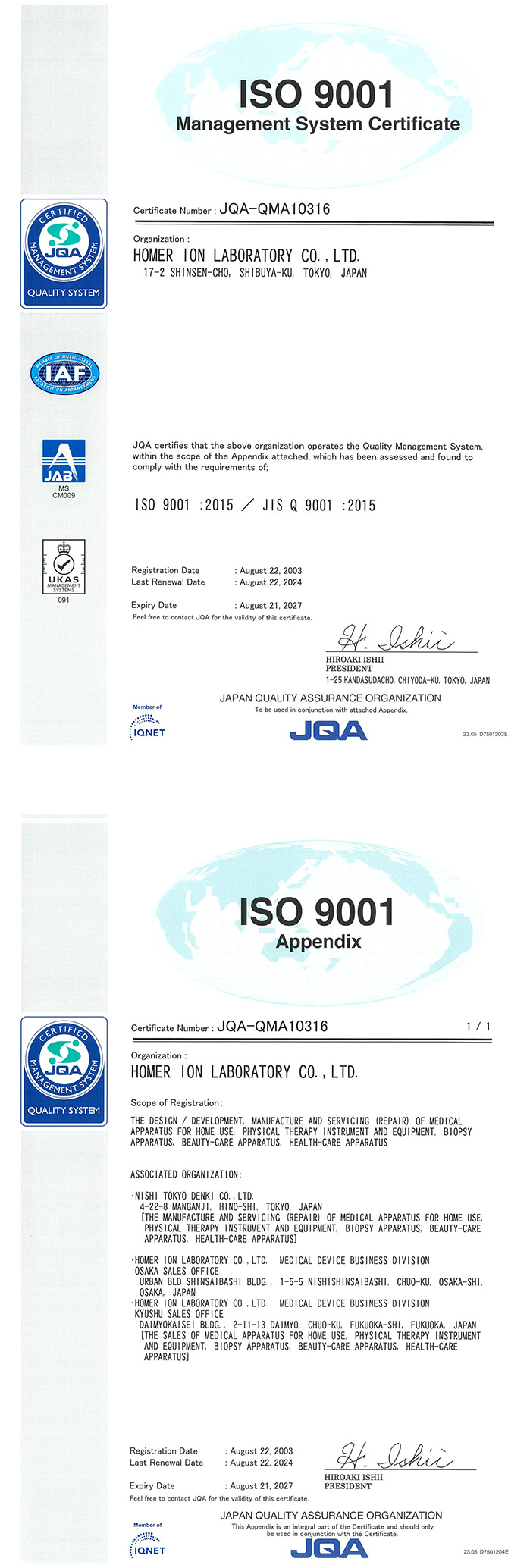

For those involved in the field of rehabilitation, “physical therapy” is a familiar term. In this article, we will focus on “physical therapy” and provide a detailed introduction.

“Physical therapy” is a part of rehabilitation aimed at effectively improving physical functions. In fact, the history of physical therapy is very long — it is said to have existed as far back as ancient Greece.Even in those times, “fire” and “water” were used for treatment as physical therapy. In Japan, the history of physical therapy began in 1963, when the first school for training physical and occupational therapists was established as an affiliate of the National Sanatorium Tokyo Hospital. Today, physical therapy involves using various physical stimulus to relieve symptoms and promote tissue recovery.
Thermotherapy: Uses hot packs or warm water to apply heat to tissues, relieve tension, and improve blood circulation. Electrical Stimulation Therapy: Uses various types of electrical currents to relieve pain and promote muscle strengthening. Phototherapy: Uses infrared rays or laser beams to treat inflammation and relieve pain. Hydrotherapy: Uses swimming pools or hot springs to enhance joint range of motion and muscle strength.Neurological Physical Therapy: Focuses on treating disorders and conditions of the nervous system. Occupational Therapy: Supports the patient’s return to work or daily activities. Geriatric Physical Therapy: Provides treatments tailored to the specific needs of elderly individuals. Manual Therapy: Uses hands-on techniques to improve joint and muscle function. The therapies listed above are only a part of the broader range of physical therapies available. As mentioned earlier, physical therapy plays a role in alleviating inflammation and symptoms, promoting recovery, and achieving maximum treatment outcomes when combined with other therapies such as exercise therapy or functional training. It also aims to relieve pain and provide relaxation effects. Currently, various methods are being combined depending on the patient’s individual condition and needs, allowing for a comprehensive treatment approach. Even now, academic papers and special lectures continue to advance the research on physical therapy, sharing future perspectives and driving the ongoing development of the field. Moreover, manufacturers of physical therapy equipment are also developing their products with a future-oriented outlook. The efforts and initiatives of all these individuals and organizations are believed to contribute to making the future of physical therapy more effective and progressive.

